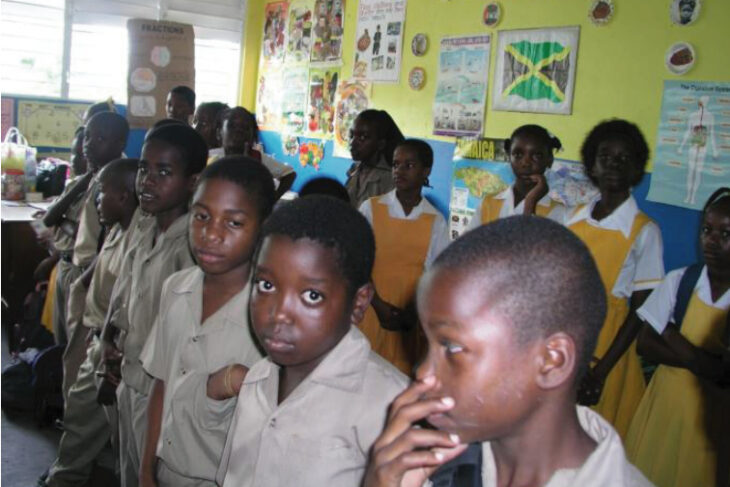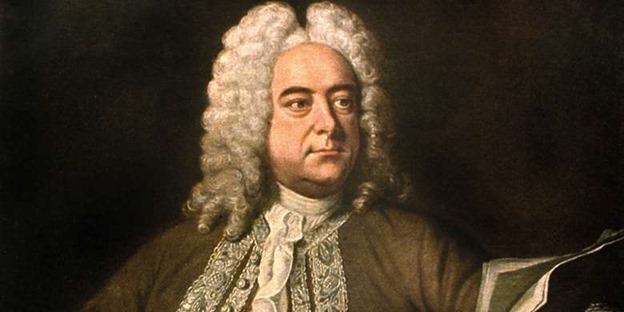
Public Opinion was launched by Osmond Theodore Fairclough in 1937 specifically to create an awareness about the need for a political party. It succeeded in 1938 when the People’s National Party (PNP) was born. But it also may be credited with promoting the national movement which, distinct from the PNP, was the overall engine that propelled the country out of colonialism and into Independence.
So what exactly was the national movement?
It was a creative phenomenon located between 1937 and 1962, the year Jamaica secured its Independence from Britain. Like many movements, it was not registered or formalised in any way.
The goal of the movement was unity — national unity. The vision was the creation of a nation on a foundation of volunteerism. Slavery had created two distinct streams in the populace, but this showed no sign of changing after the slaves were freed. In addition, the people were divided by skin colour, which also meant unequal wealth. At one level there were the whites who owned and controlled everything, and at the other the blacks who eked out a living on the margins.
The issue of a divided and unequal society was analysed in Philip Curtin’s 1955 publication Two Jamaicas: The role of ideas in a Tropical Colony 1830-1865. Curtin said that post-emancipation Jamaica was an unequal duality of African Jamaica and European Jamaica.
The African side that had to take orders in unfamiliar languages was peopled by the black slave caste, characterised by cultural practices that were ridiculed and defined by the European castes as primitive and backward.
European Jamaica was the domain of the white and coloured castes, the latter being the brown illegitimate sons and daughters of the planter class.
The two Jamaicas — one oriented toward Europe, the other toward Africa; or what Rex Nettleford was to call the “Rhythm of Africa and the Melody of Europe”, operated in symbiotic relationship during the 19th century.
The two Jamaicas are also evident in the music. “High-culture” Jamaica oscillated around Chopin, Brahms, Beethoven and English, Scottish and Welsh melodies — music without the drum. “Low-culture” Jamaica produced its own music with its own rhythms, and lyrics that either poked fun at situations or at the oppressors, or expressed deep-seated yearnings for improvement in the people’s conditions.
But the symbiosis did not create equality. Nor did it create the Jamaica that journalist Frank Hill once mused about: “A land of high-brown men.” Instead, it promoted an enduring ambivalence that eventually became essentially Jamaican. Later, this ambivalence was to take on new life in partisan politics.
Many Jamaicans recognise now that the two-party system divided the country and damaged the national unity that attended the discussions and activities that began in the late 1930s.
What might not be immediately evident is that Jamaica could have been much farther ahead now had Bustamante remained as a supporter of the national movement in which Norman Manley’s PNP played a major role, and not the adversary he became after he was released from detention at Up Park Camp. The Westminster system of government, derived from the British, creates an artificial fractiousness that leaves the losing party to “oppose, oppose, oppose,” regardless.
The exciting spirit of creativity, volunteerism and togetherness that was fomented by the movement towards nationhood was blunted the moment in 1943 that Bustamante was persuaded by the British to keep Manley in check by forming the Jamaica Labour Party (JLP). It was seriously damaged again with Independence in 1962 when the unprepared Bustamante’s JLP took over the reins to govern independent Jamaica — without a plan.
Under the umbrella of the national movement could be found people who we are in danger of forgetting. People such as creative dancers Mae Soohih, Ivy Baxter and Rex Nettleford; agriculturalists Rudolph Burke, Willie Henry, Cedric Titus and Thomas P Lecky; community developers Thom Girvan, Amy Bailey, Lily Mae Burke, Philip Sherlock and Eddie Burke; artists Albert Huie, Karl Parboosingh and others; stage producers Eric Coverley, Archie Lindo, Greta and Henry Fowler, the visionary Rev “Father” Hugh Sherlock; novelists Vic Reid, Neville Dawes and John Hearne; potter Cecil Baugh; educators A Wesley Powell, Dudley R.B. Grant, C.C. McArthur Ireland and C.T Saunders;
Politicians Wills O Isaacs, Florizel Glasspole, Noel Nethersole, Howard Cooke, Edith Dalton James, Iris King, PJ Patterson, Edwin Allen, and Hector Wynter; trade unionists Ken and Frank Hill; playwright Trevor Rhone, poets M.G. Smith, Vivian Virtue, and Louise Bennett; journalists Theodore Sealy, Una Marson, Evon Blake and John Maxwell, and theologians Archbishop Samuel Carter and Bishop Percival Gibson.
In addition, the national movement was strongly driven by the Jamaica Progressive League of New York whose leaders were Rev. Ethelred Brown, Walter Adolph Roberts and Wilfred Domingo.
The movement spread out across Jamaica on an ever widening wave of idealism, excellence and volunteerism. But this idealism was shattered by political victimisation when Independence brought with it a change of Government in 1962.
The absence of a plan resulted in some sleight of hand by the new Government through its young spokesman Edward Seaga. Acknowledging that Premier Norman Manley had indeed left a Five-Year Plan for independent Jamaica, Seaga said the following:
“When we took office… we were well aware that the previous Government had announced that they were drafting a long-term development plan. And we were well aware, too, that at the time of the announcement, it was said that the plan was designed to be serviceable for whatever Government might take office after the election.”
He then went on to complain that the Manley plan was deficient in sufficiently representing “the goals, concepts, policies and projects” of the Bustamante Government. But despite the rewrite, it was “fairly obvious… that both governments are welded in certain fundamental beliefs, certain fundamental ideas in the system of government, and have things in common in policies and programmes.”
The Five-Year Independence Plan was conceived as a first breakout of a longer development plan. “We have chosen to call this our Five-Year Independence Plan,” the 33-year-old Minister told Parliament, “because the plan puts forward proposals designed to orientate the Jamaican society towards the roles that are necessary consequences of Independence”.
But having acknowledged that, Seaga then proceeded to apply most of the contents of the PNP plan. Except that he busily changed the names of some of the programmes. For instance, Manley’s internationally heralded rural development programme Jamaica Welfare, with its community centres and self-development activities, was jettisoned in name but revived as the 100 Villages Programme. Things Jamaican then brought the Jamaica Welfare products of rural homesteaders into Kingston without mentioning Jamaica Welfare, and so on.
Jamaica had always had a festival in August which he widened and labelled The Jamaica Festival, infusing the island with Trinidadian culture of road marches, king and queen bands, etc.
But in all the new Government did, there does not appear to have been a survey of any kind that would tell them what needed to be done or what should be maintained when.
High on such a list would be the control of the police, who, up to Independence, were under the sole direction of the Governor reporting to the Secretary of State in London, a mechanism that had been in place since the formation of the Jamaica Constabulary Force (JCF) which emerged after the Morant Bay Rebellion of 1865.
In place of that mechanism the JCF was now allowed to swing its fealty from one party to the other whenever election results brought a change in Government. And that, beginning in 1962, is one of the roots of the crime and corruption problem now ravaging the island.



